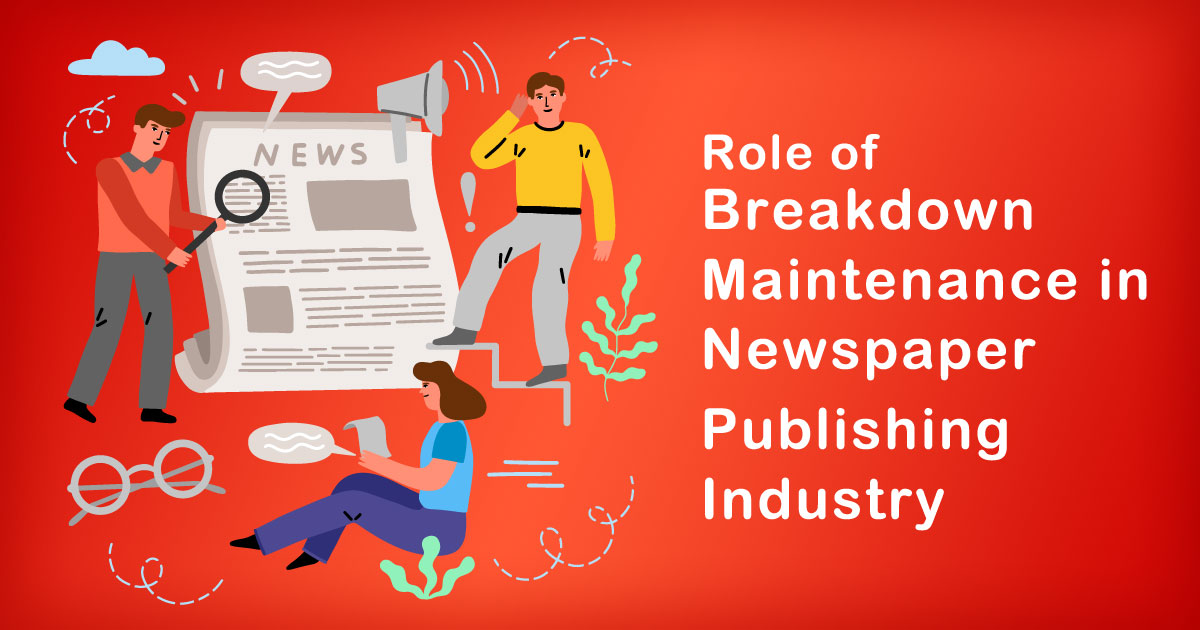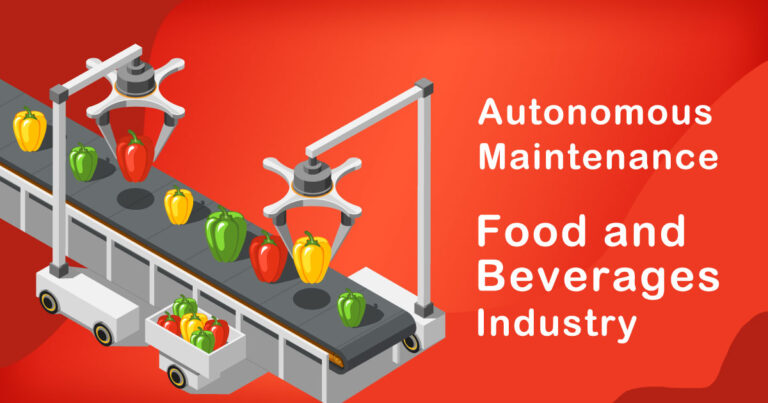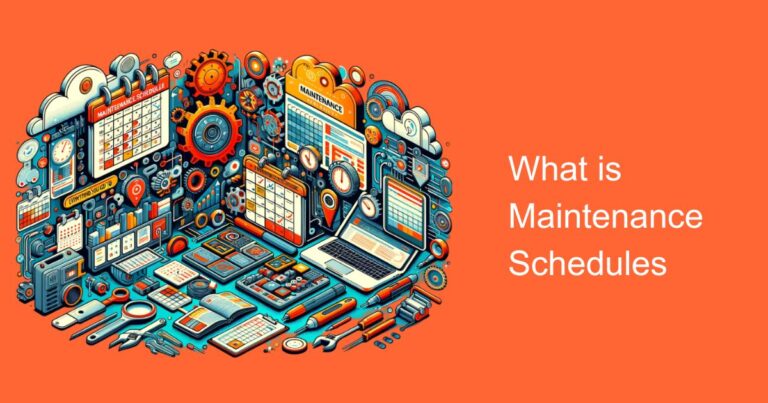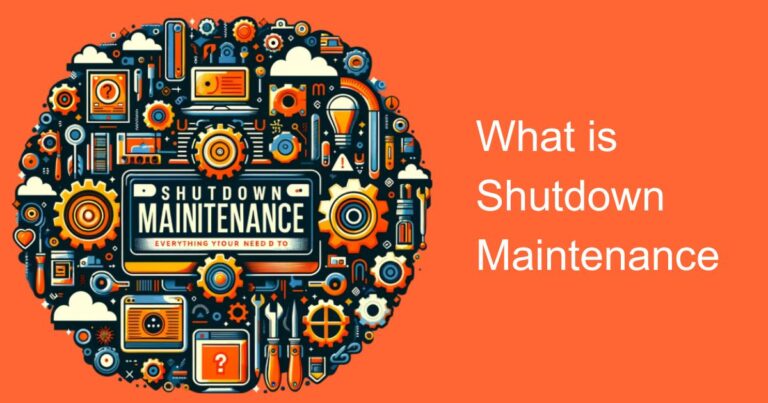Introduction
In the fast-paced world of the newspaper publishing industry in India, timely production and distribution are critical to staying competitive and relevant. Newspaper companies invest heavily in sophisticated machinery to ensure efficient operations. However, even the most advanced printing presses and equipment are prone to unexpected breakdowns. These unforeseen interruptions can lead to significant losses in both time and revenue. This is where breakdown maintenance plays a pivotal role in keeping the presses rolling and the news flowing.
Understanding Breakdown Maintenance:
Breakdown maintenance, also known as reactive maintenance, is a strategy aimed at addressing equipment failures when they occur. Unlike preventive maintenance, which involves scheduled inspections and servicing, breakdown maintenance only occurs after a piece of equipment has failed. The primary objective of this approach is to quickly repair the faulty equipment and minimize downtime, enabling newspapers to continue their publishing operations with minimal disruption.
Importance of Breakdown Maintenance in the Newspaper Publishing Industry:
In the newspaper publishing industry, every minute counts, and any delay in production can have severe consequences. Here’s why breakdown maintenance is essential in this context:
Minimizing Downtime:
Newspapers have strict deadlines for printing and distribution. In the event of equipment failure, breakdown maintenance ensures that the press is up and running again as soon as possible. This minimizes downtime, allowing newspapers to meet their deadlines and avoid disappointing readers and advertisers.
Cost-Effectiveness:
While preventive maintenance is essential to prevent breakdowns to some extent, relying solely on it can be cost-prohibitive. Breakdown maintenance, when executed efficiently, helps newspaper companies save on unnecessary maintenance costs by focusing resources on equipment that genuinely needs attention.
Adapting to Unexpected Events:
In an industry that deals with real-time news, unexpected events can drastically increase demand for newspapers. During such periods, breakdown maintenance becomes even more critical to ensure the presses can handle the sudden surge in production requirements.
Case Studies and Research Findings:
Case Study 1:
A prominent newspaper publishing company in Mumbai faced a critical breakdown in its printing press just hours before the scheduled release of a special edition. Thanks to an efficient breakdown maintenance team, the issue was diagnosed and resolved swiftly, allowing the newspaper to meet its deadline and capitalize on the high demand for the special edition.
Case Study 2:
A research study conducted by the Indian Newspaper Society (INS) found that newspapers employing a well-structured breakdown maintenance approach reported a 20% reduction in unplanned downtime, leading to substantial savings in operational costs and increased productivity.
Case Study 3:
The Times of India, one of India’s leading newspapers, revamped its breakdown maintenance strategy by investing in predictive maintenance technologies. This move led to a notable decrease in breakdowns and an overall improvement in printing press efficiency.
Best Practices for Implementing Breakdown Maintenance:
Skilled Maintenance Team:
Employing a competent and experienced maintenance team is essential for swift diagnosis and repair of equipment failures.
Predictive Maintenance:
Investing in predictive maintenance technologies, such as IoT sensors and data analytics, can help detect potential issues before they escalate into breakdowns.
Spare Parts Inventory:
Maintaining an adequate inventory of critical spare parts can expedite repair times and minimize downtime.
Continuous Training:
Regularly training maintenance personnel on the latest equipment and techniques ensures they stay updated and can handle complex breakdown scenarios efficiently.
Conclusion:
Breakdown maintenance plays a crucial role in the smooth functioning of the newspaper publishing industry in India. By promptly addressing equipment failures, newspapers can meet tight deadlines, minimize costs, and adapt to unexpected surges in demand. Embracing best practices and staying ahead with predictive maintenance technologies will further enhance the effectiveness of this maintenance approach. In an industry that thrives on delivering up-to-date news, the role of breakdown maintenance cannot be underestimated – it is the guardian of uninterrupted news dissemination in the nation.








